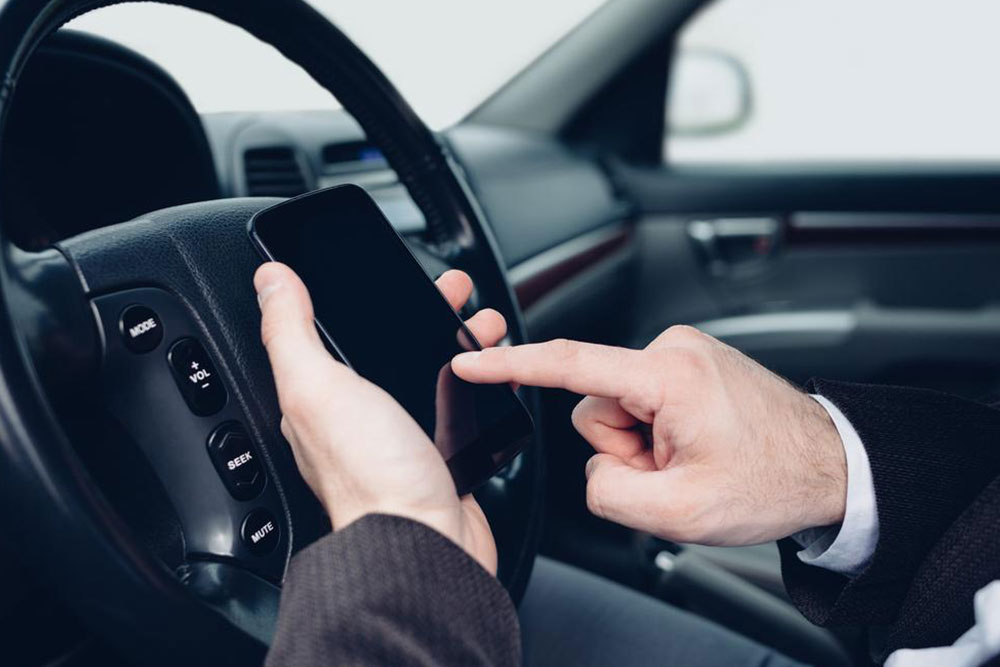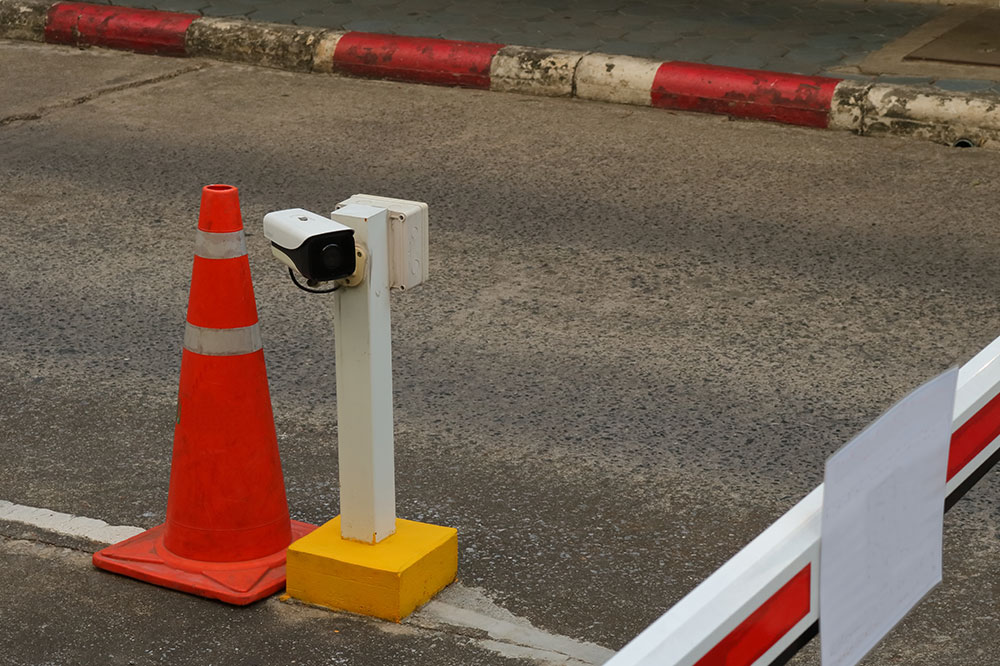Enhancing Road Safety and Efficiency with Real-Time Traffic Surveillance
This article explores how real-time traffic surveillance systems improve traffic management, enhance safety, and benefit the environment. It highlights historical developments, current benefits, challenges, and future technological trends such as IoT integration and AI. As these systems evolve, they will become essential components of smart cities, providing safer, more efficient, and environmentally friendly transportation solutions for urban areas worldwide.
Sponsored

In today's fast-paced environment, optimizing travel time and ensuring safety are top priorities. Real-time traffic surveillance devices, commonly known as live traffic cameras, play a crucial role in achieving these goals. These cameras provide live footage of roadway conditions, proving essential for traffic management, safety enforcement, and environmental conservation. This article explores the significance, advantages, and future developments of live traffic monitoring technology.
What Is Traffic Monitoring Technology?
Traffic monitoring devices are cameras strategically positioned along highways, intersections, and busy urban areas. They broadcast live video feeds accessible to the public, law enforcement, and traffic agencies, enabling real-time oversight of traffic flow and incident detection.
This continuous observation enhances traffic flow analysis, accident response, and public safety measures.
Historical Perspective
Traffic surveillance technology has evolved since its inception in the mid-20th century, initially offering basic black-and-white images without live streaming. Technological improvements have led to high-definition, real-time systems that are now integral to modern traffic management infrastructures.
Key Benefits of Traffic Surveillance Cameras
1. Optimizing Traffic Flow
These cameras are vital for efficient traffic control, enabling:
– Monitoring Vehicle Movement: Authorities can quickly identify congestion spots and respond accordingly.
– Emergency Response: Prompt detection of accidents allows rapid dispatch of emergency services, minimizing impact and saving lives.
– Route Planning: Commuters can access live feeds to select less congested routes, improving travel time and reducing stress.
2. Promoting Safety and Law Enforcement
Live traffic cameras support safety initiatives and law enforcement efforts:
– Accident Prevention: Monitoring accident-prone zones helps authorities implement preventive measures.
– Traffic Violation Detection: Cameras help identify violations like speeding or red-light running for enforcement purposes.
– Enhancing Public Safety: Surveillance also deters criminal activity in public and transportation areas.
3. Data-Driven Traffic Analysis
The footage collected offers valuable insights into:
– Urban Traffic Patterns: Data helps planners improve infrastructure and reduce congestion.
– Vehicle Volumes: Analysis of traffic volumes at different times guides expansion and maintenance projects.
– Driver Behavior: Understanding driver responses under various conditions informs better traffic controls.
4. Environmental Benefits
Efficient traffic flow facilitated by these systems positively impacts the environment:
– Lower Emissions: Reduced idling decreases carbon emissions.
– Fuel Conservation: Optimized routes save fuel and natural resources.
Challenges and Future Outlook
While beneficial, live traffic systems face obstacles like privacy concerns, technical issues, and data management:
Privacy Concerns: Continuous surveillance raises privacy debates and potential misuse of footage. Balancing safety and personal rights remains a challenge.
Technical Hurdles: Weather conditions and maintenance needs can impair camera effectiveness and increase operational costs.
Data Management: The vast amount of footage demands substantial storage and sophisticated analytical tools, which can be resource-intensive.
Emerging Trends
Looking ahead, the evolution of traffic monitoring includes integration with smart city systems, AI-driven analytics, and better user experiences:
Smart City Integration: Connection with IoT devices will enable comprehensive traffic solutions and predictive management.
Advanced Technologies: AI and machine learning will forecast congestion and optimize traffic flow proactively.
User Experience Enhancements: Mobile apps will deliver real-time updates, personalized alerts, and possibly virtual reality previews of routes, transforming daily commuting.
In conclusion, live traffic monitoring significantly improves traffic flow, safety, and environmental impact. Technological advancements promise even smarter, more efficient transportation networks that will redefine urban mobility.






